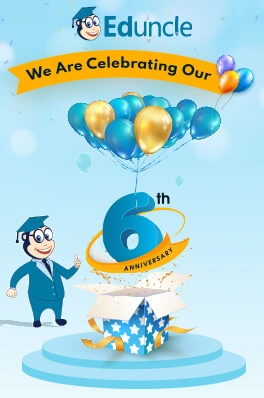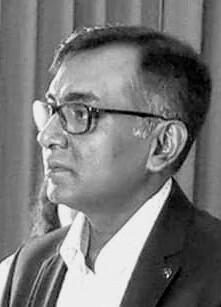Time management is very much important in IIT JAM. The eduncle test series for IIT JAM Mathematical Statistics helped me a lot in this portion. I am very thankful to the test series I bought from eduncle.
Nilanjan Bhowmick AIR 3, CSIR NET (Earth Science)- UGC NET
- English
Do tell langston hughes harlem renaissance poetry
do tell Langston Hughes Harlem Renaissance poetry
- 0 Likes
- 4 Comments
- 0 Shares
-
Akshit
names of Harlem Renaissance poetry by Langston Hughes
-
Akshit
tell me Langston Hughes Harlem Renaissance poetry ?
-
![comment-profile-img]() >
>
Deb dulal halder Halder Best Answer
Harlem Renaisaance celebrates the notion of the black by Afro American poets and writers. vaschal Lindsay and Langston Hughes are usually considered to be the people who started the poetic tradtioin of the blacks in Harlem Renaissance.
Do You Want Better RANK in Your Exam?
Start Your Preparations with Eduncle’s FREE Study Material
- Updated Syllabus, Paper Pattern & Full Exam Details
- Sample Theory of Most Important Topic
- Model Test Paper with Detailed Solutions
- Last 5 Years Question Papers & Answers
Sign Up to Download FREE Study Material Worth Rs. 500/-










 >
>







Payal![best-answer]()
Langston Hughes was a central figure in the Harlem Renaissance, the flowering of black intellectual, literary, and artistic life that took place in the 1920s in a number of American cities, particularly Harlem. A major poet, Hughes also wrote novels, short stories, essays, and plays. He sought to honestly portray the joys and hardships of working-class black lives, avoiding both sentimental idealization and negative stereotypes. Poetry collections The Weary Blues, Knopf, 1926 Fine clothes to the jew, Knopf, 1927 The Negro Mother and Other Dramatic Recitations, 1931 Dear Lovely Death, 1931 The Dream Keeper and Other Poems, Knopf, 1932 Scottsboro Limited: Four Poems and a Play, Golden Stair Press, N.Y., A New Song 1938, incl. the poem \"Let America be America again\") Shakespeare in Harlem, Knopf, 1942 Freedom's Plow, 1943 Jim Crow's Last Stand, Atlanta: Negro Publication Society of America, 1943 Fields of Wonder, Knopf, 1947 One-Way Ticket, Selected Poems of Langston Hughes, 1958 Ask Your Mama: 12 Moods for Jazz, Hill & Wang, 1961 The Panther and the Lash: Poems of Our Times, 1967 The Collected Poems of Langston Hughes, Knopf, 1994 first book of poetry, The Weary Blues, published by Knopf in 1926. The book had popular appeal and established both his poetic style and his commitment to black themes and heritage. Hughes was also among the first to use jazz rhythms and dialect to depict the life of urban blacks in his work. He published a second volume of poetry, Fine Clothes to the Jew, in 1927.